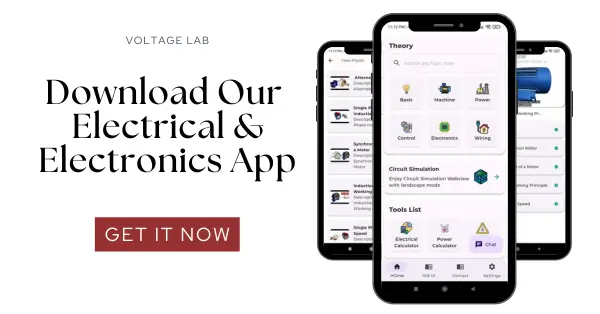
This animation shows the internal mechanism of a circuit breaker and how it automatically cuts off electrical power during a fault.
A circuit breaker detects overcurrent or short-circuit conditions and quickly separates its contacts to protect wiring, appliances, and the entire electrical system.
Key Components:
- Incoming & Outgoing Terminals: Where electrical power enters and leaves the breaker.
- Contacts: Open or close the circuit. They separate instantly during a fault.
- Bimetallic Strip (Thermal Protection): Bends when heated by overload current, triggering a slow trip.
- Electromagnetic Coil (Magnetic Protection): Detects short circuits by creating a strong magnetic pull for fast tripping.
- Operating Lever / Switch: Allows manual ON/OFF control and indicates trip status.
- Latch & Spring System: Releases the internal mechanism to open contacts when a fault occurs.
Working Principle:
A circuit breaker has two protection mechanisms:
1. Thermal Trip (Overload Protection)
- When current exceeds the rated value for some time, → the bimetallic strip heats up and bends.
- This movement releases the latch, causing the contacts to open.
- Used for gradual overloads, like too many appliances running at once.
2. Magnetic Trip (Short-Circuit Protection)
- A sudden, very high current creates a strong magnetic field in the coil.
- The coil instantly pulls the plunger, releasing the latch.
- Contacts open immediately to stop dangerous fault currents.
Once tripped, the breaker must be reset manually after the fault is cleared.
⚡ Tip:
Circuit breakers combine thermal and magnetic protection, making them far safer and more reliable than traditional fuses.


